|
|
Changes the focus by moving forwards through the areas and buttons of the dialog |
||
|
|
(in a selected range) Moves the cursor down one cell in a selected range. To specify the direction that the cursor moves, choose Tools - Options' - LibreOffice Calc - General' |
||
|
|
Shows or hides the Navigator |
||
|
|
Switches to Edit mode and places the cursor at the end of the contents of the current cell. Press again to exit Edit mode |
||
|
|
If the cursor is in an input box in a dialog that has a Minimize button, the dialog is hidden and the input box remains visible. Press F2 again to show the whole dialog |
||
|
|
Delete the contents of selected cells without a dialog |
||
|
|
Removes the current field from the area |
||
|
|
Moves the focus up one item in the current dialog area |
||
|
|
Moves the focus one item to the left in the current dialog area |
||
|
|
Moves the focus one item to the right in the current dialog area |
||
|
|
Moves the focus down one item in the current dialog area |
||
|
|
Rearranges the relative or absolute references (for example, A1, $A$1, $A1, A$1) in the input field |
||
|
|
Recalculates changed formulas in the current sheet |
||
|
|
Moves the cursor to the first cell of the current row |
||
|
|
Turns additional selection mode on or off. In this mode, you can use the arrow keys to extend the selection. You can also click in another cell to extend the selection |
||
|
|
Selects the first item in the current dialog area |
||
|
|
Checks spelling in the current sheet |
||
|
|
Delete the contents of selected cells |
||
|
|
Opens the Styles and Formatting window where you can apply a formatting style to the contents of the cell or to the current sheet |
||
|
|
Moves the cursor to the last cell of the current row |
||
|
|
Selects the last item in the current dialog area |
||
|
|
To select only one sheet in a selection, hold down Shift, and then click the name tab of the sheet |
||
|
|
Groups the selected data range |
||
|
|
To insert a manual line break in a cell, click in the cell, and then press Ctrl + Enter |
||
|
|
Changes the focus by moving backwards through the areas and buttons of the dialog |
||
|
|
To select multiple cells in different areas of a sheet, hold down Ctrl and drag in the different areas |
||
|
|
To select multiple sheets in a spreadsheet, hold down Ctrl, and then click the name tabs at the lower edge of the workspace. |
||
|
|
Open Format Cells dialog |
||
|
|
Moves the cursor to the left edge of the current data range. If the column to the left of the cell that contains the cursor is empty, the cursor moves to the next column to the left that contains data |
||
|
|
Moves the current field one place to the left |
||
|
|
Moves the cursor to the right edge of the current data range. If the column to the right of the cell that contains the cursor is empty, the cursor moves to the next column to the right that contains data |
||
|
|
Moves the current field one place to the right |
||
|
|
Moves the cursor to the bottom edge of the current data range. If the row below the cell that contains the cursor is empty, the cursor moves down to the next row that contains data |
||
|
|
Moves the current field down one place |
||
|
|
Moves the cursor to the top edge of the current data range. If the row above the cell that contains the cursor is empty, the cursor moves up to the next row that contains data |
||
|
|
Moves the current field up one place |
||
|
|
Delete cells (as in menu Edit - Delete Cells) |
||
|
|
and the underlined character in the word "Row" Copies or moves the current field into the "Row" area |
||
|
|
and the underlined character in the word "Column" Copies or moves the current field into the "Column" area |
||
|
|
and the underlined character in the word "Data" Copies or moves the current field into the "Data" area |
||
|
|
Decreases the width of the current column |
||
|
|
Increases the width of the current column |
||
|
|
Fill a selected cell range with the formula that you entered on the Input line |
||
|
|
Insert cells (as in menu Insert - Cells) |
||
|
|
Moves the cursor to the first cell in the sheet (A1) |
||
|
|
Moves the current field to the first place |
||
|
|
Moves the cursor to the last cell on the sheet that contains data |
||
|
|
Moves the current field to the last place |
||
|
|
Increases the height of current row (only in OpenOffice.org legacy compatibility mode) |
||
|
|
where (/) is the division sign on the numeric key pad |
||
|
|
Selects the matrix formula range that contains the cursor |
||
|
|
Decreases the height of current row (only in OpenOffice.org legacy compatibility mode) |
||
|
|
Moves one sheet to the right |
||
|
|
In the print preview: Moves to the next print page |
||
|
|
Moves one sheet to the left |
||
|
|
In the print preview: Moves to the previous print page |
||
|
|
Traces dependents |
||
|
|
Opens the Define Names dialog |
||
|
|
Displays the options for the current field |
||
Advertisement |
|||
|
|
Opens the Function Wizard |
||
|
|
Displays the comment that is attached to the current cell |
||
|
|
Selects cells from the current cell to the last cell of the current row |
||
|
|
Selects cells from the current cell to the first cell of the current row |
||
|
|
Traces precedents |
||
|
|
Updates the selected chart |
||
|
|
Creates a document template |
||
|
|
Create a matrix in which all the cells contain the same information. Components of the matrix cannot be edited |
||
|
|
Opens the Thesaurus if the current cell contains text |
||
|
|
Highlights cells containing values |
||
|
|
Selects cells from the current cell up to one page in the current column or extends the existing selection one page up |
||
|
|
Selects cells from the current cell down to one page in the current column or extends the existing selection one page down |
||
|
|
Ungroups the selected data range |
||
|
|
Two decimal places, thousands separator |
||
|
|
Standard exponential format |
||
|
|
Standard date format |
||
|
|
Displays or hides the formulas instead of the values in all cells (see note below this table) |
||
|
|
Moves one screen to the left |
||
|
|
Moves one screen page to the right |
||
|
|
Adds the previous sheet to the current selection of sheets. If all the sheets in a spreadsheet are selected, this shortcut key combination only selects the previous sheet. Makes the previous sheet the current sheet |
||
|
|
Adds the next sheet to the current selection of sheets. If all the sheets in a spreadsheet are selected, this shortcut key combination only selects the next sheet. Makes the next sheet the current sheet |
||
|
|
Standard format |
||
|
|
Standard currency format |
||
|
|
Standard percentage format (two decimal places) |
||
|
|
Selects all cells containing data from the current cell to the end of the continuous range of data cells, in the direction of the arrow pressed. If used to select rows and columns together, a rectangular cell range is selected |
||
|
|
Recalculates all formulas in all sheets |
||
|
|
Shows or Hides the Database explorer |
||
|
|
Moves the cursor from the Input line to the Sheet area box |
||
|
|
Updates the templates |
||
|
|
Moves the cursor to the Input line where you can enter a formula for the current cell |
||
|
|
Optimizes the column width or row height based on the current cell |
||
|
|
where (*) is the multiplication sign on the numeric key pad |
||
|
|
Selects the data range that contains the cursor. A range is a contiguous cell range that contains data and is bounded by empty row and columns |
||
|
|
Apply the cell format of the input cell to the entire cell range |
||
Advertisement
|
The ` key is located next to the "1" key on most English keyboards. If your keyboard does not show this key, you can assign another key: Choose Tools - Customize, click the Keyboard tab. Select the "View" category and the "Toggle Formula" function.
|
|
Source: LibreOffice help
|
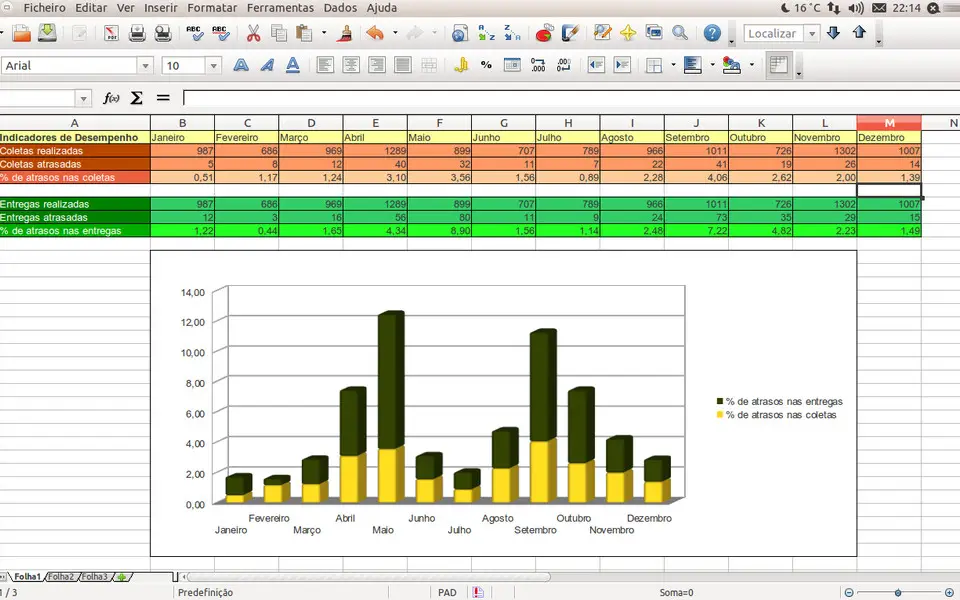
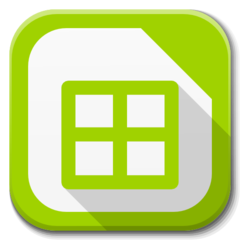

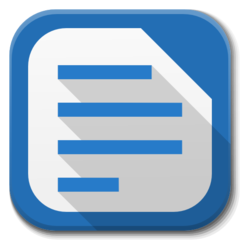
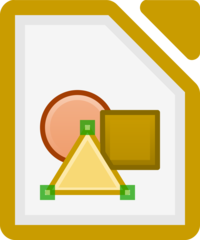
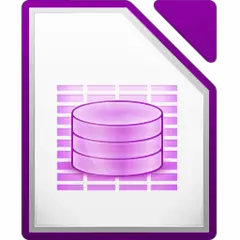
What is your favorite LibreOffice Calc hotkey? Do you have any useful tips for it? Let other users know below.
1108668
499007
411655
367529
307784
278296
2 hours ago
2 hours ago
2 hours ago Updated!
Yesterday
2 days ago
3 days ago
Latest articles